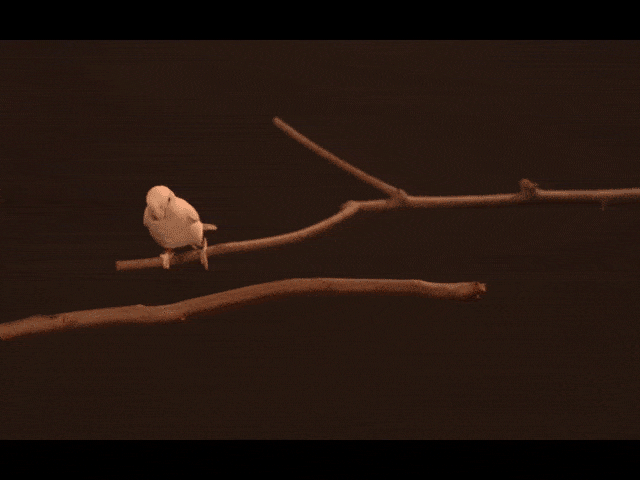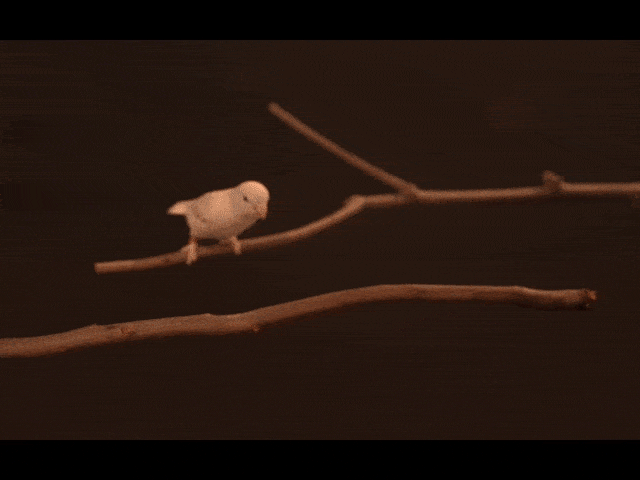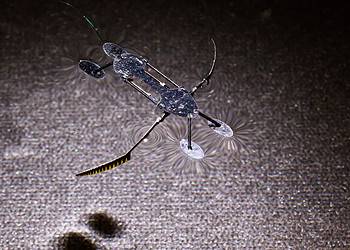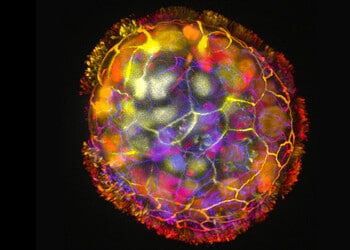While usually gracious and smooth, birds’ flight likely started off as a short hop-and-flap to help dinosaurs forage better. A paper from Stanford University analyzes the energy used by a type of small parrot as it hops from branch to branch during foraging, and reports that their movements optimize energy usage and could be similar to the way their ancestors learned to fly.

If you’re trying to understand the origins of animal flight, parrotlets make for a wonderful set of lab assistants. These diminutive parrots live from Mexico to southern parts of South America and are easy to train or care for and have a rather general flight pattern, unlike certain species — say hummingbirds, for example. They’re also extremely cute.
More to the point, a team of researchers from the Department of Mechanical Engineering at the Stanford University reports that the tiny birds tend to conserve energy on short distances from perch to perch by jumping or hopping most of the way. This behavior could offer a glimpse into the early days of flight, when feathered dinosaurs were just taking off the ground.
“Sometimes they were more cautious, they would literally just step between perches,” says lead author Diana Chin. “There was one bird that would basically do the splits.”
Flying by degrees
The team worked with four Pacific parrotlets, rewarding them with a seed each time they voluntarily jumped between force-sensitive perches inside an aerodynamic force platform. When the researchers widened the gap between perches, the parrotlets started to add some half-wingbeats in their jump. Birds use this kind of hop-and-flap to navigate tree branches with minimal effort (and so minimal energy expenditure) while foraging for food.
“[…] we discovered that parrotlets direct their leg impulse to minimize the mechanical energy needed to forage over different distances and inclinations,” the paper reads.
Less energy expenditure while searching for food means the birds could save up for situations when they really need it — such as fighting off a predator or competing for a mate. It’s likely that the first dinosaurs also used this hoping behavior to forage food, as the team’s computer models revealed that a single such “proto-wingbeat” could increase a feathered dinosaur’s jump range.

Using data observed from the parrotlets and data from her previous studies, Chin put together a computer model showing the optimal angle of takeoff, and calculating the energy costs involved in different movements — for example the proto-wingbeats.
At first, while dinosaurs were still large and their feathers relatively small to their bodies this increase in mobility was negligible, but as dinosaurs got smaller and more specialized, the effect of the proto-wingbeat increased dramatically. Furthermore, the models revealed that these short jumps contain all the motions and tools to eventually develop into actual wing beats and flight.
Looking back at the way birds and their dinosaur ancestors learned how to hop around in trees (which are a pretty complex environment to navigate compared to a flat surface) could help design robots which could navigate very difficult or varied terrain.
Chin’s models could help design robots with both legs and wings. By conserving energy and using the most efficient motions to get around a cluttered area, a winged robot could significantly extend its operational range. The team now plans to look into how parrotlets can stick to the landing on a wide variety of surfaces, and work on designing and building the winged robots.
The paper “How birds direct impulse to minimize the energetic cost of foraging flight” has been published in the journal Nature.






